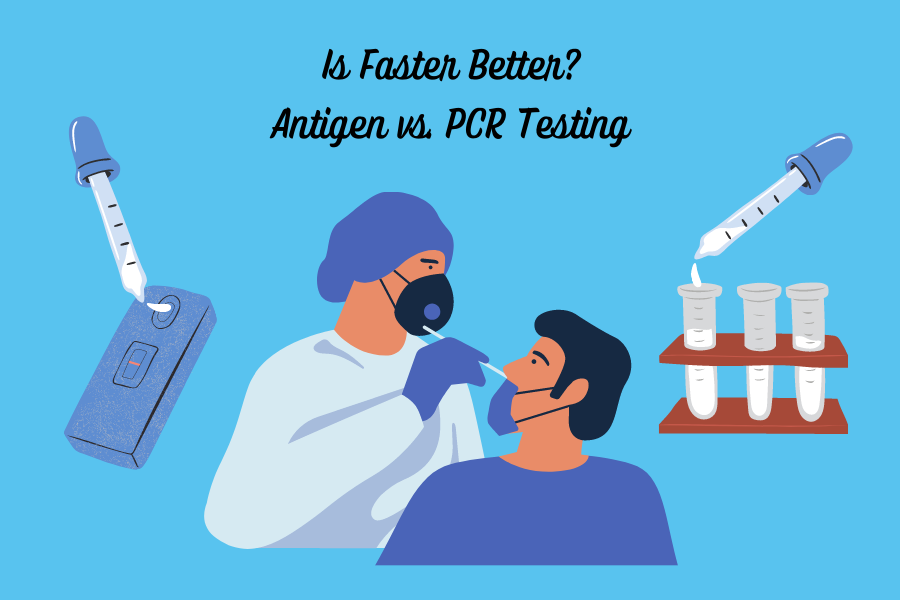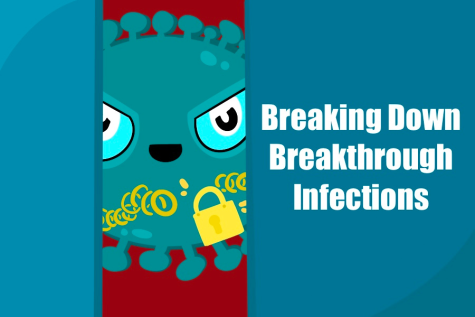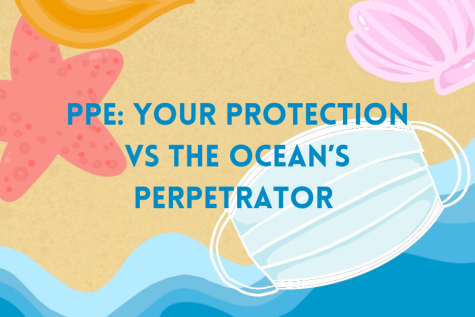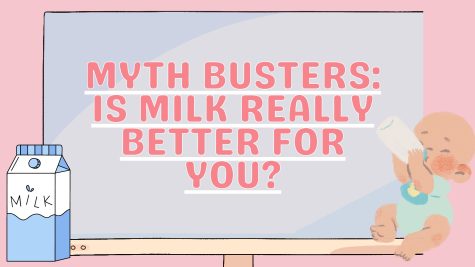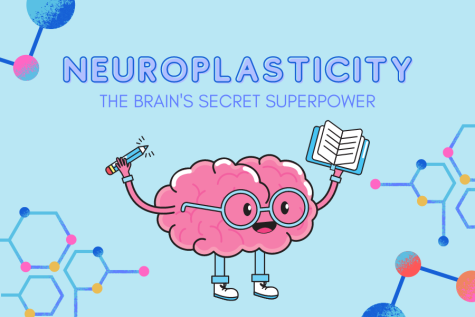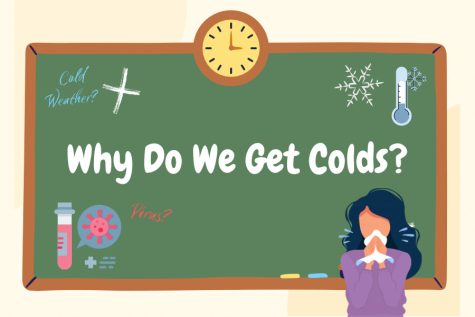Is Faster Better? Antigen vs. PCR Testing
In today’s pandemic era, a small cough or even a trickle of a runny nose can send crowds of people into a frenzy, swarming testing sites. Fortunately, just last November, the FDA approved the first rapid 15-minute COVID test for at-home use.
But hold on just a second: a rapid test created by Abbott Laboratories was granted emergency use by the FDA in August 2020. Now, about 50 million of these tests are being manufactured and distributed nationally each month!
Here’s a rundown of how the Abbott test works: a long cotton swab is uncomfortably stuck up your nose and swirled around to extract a sample of mucus. This mucus is placed on a sample card that is already treated with a testing reagent, and you wait 15 minutes. Now, the reagent reacts with the mucus—if COVID antigens are identified, two lines on the paper will appear.
The overwhelming dependency on these tests and their incredibly simple nature has stirred up doubt about their accuracy and reliability. Does a negative antigen test mean that you are COVID-free?
First, let’s establish how rapid antigen testing works on a molecular level. Rapid testing seeks antigen proteins on the top of the virus, instead of protein traces on its RNA. Therefore, “antigen tests are never going to be comparable to PCR tests in terms of sensitivity,” says Dr. Adalja, MD, a senior scholar at the Johns Hopkins Center for Health Security. This is especially true for those who are asymptomatic, as they may not have enough virus in their mucus to test positive. However, Dr. Adalja says that “if a person has symptoms, [the tests] are reasonably accurate at diagnosing cases.”
However, experts warn that these tests should not be the only threshold to attending mass social events. Associate USC professor Susan Butler-Wu, PhD, predicts that “if people think they can test and have a ‘normal’ holiday, we are going to have big increases in cases and hospitalizations and deaths as a result.” This is because rapid testing leads to a higher probability of false negative and positive results.
But wait! Just because they are not as reliable as traditional PCR tests, this does not mean that we should not continue using them. Quick antigen testing has numerous advantages that are not covered by PCR testing. For instance, they are rapid, they don’t need a complex laboratory to process, they don’t need scarce chemical reagents, and lastly, they are cheaper.
“Number one, they’re rapid. Number two is they don’t require a sophisticated laboratory to process. Number three is they don’t require some of those chemical reagents that are scarce right now. Number four is they’re cheaper,” according to Dr. Adalja. They decentralize testing and allow for underserved communities to access COVID tests. Not only that, they have a 97.1% sensitivity rate, a high degree of accuracy.
In the end, although rapid COVID tests are not as reliable as traditional PCR tests, their accuracy rates remain incredibly high, and they allow for millions more tests to be performed around the globe.
Dwyer, Kate. “The New COVID-19 At-Home Rapid Test Gives You Results In 30 Minutes.” Women’s Health, 4 Jan. 2021, https://www.womenshealthmag.com/health/a34600525/covid-19-rapid-test/.
Guglielmi, Giorgia. “Rapid Coronavirus Tests: A Guide for the Perplexed.” Nature, vol. 590, no. 7845, Feb. 2021, pp. 202–05. www.nature.com, https://doi.org/10.1038/d41586-021-00332-4.

